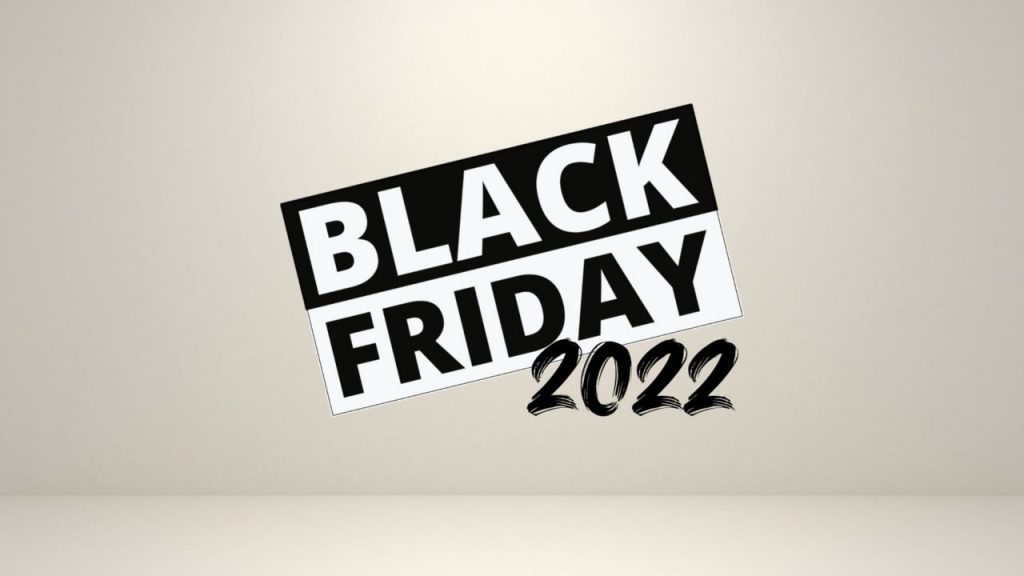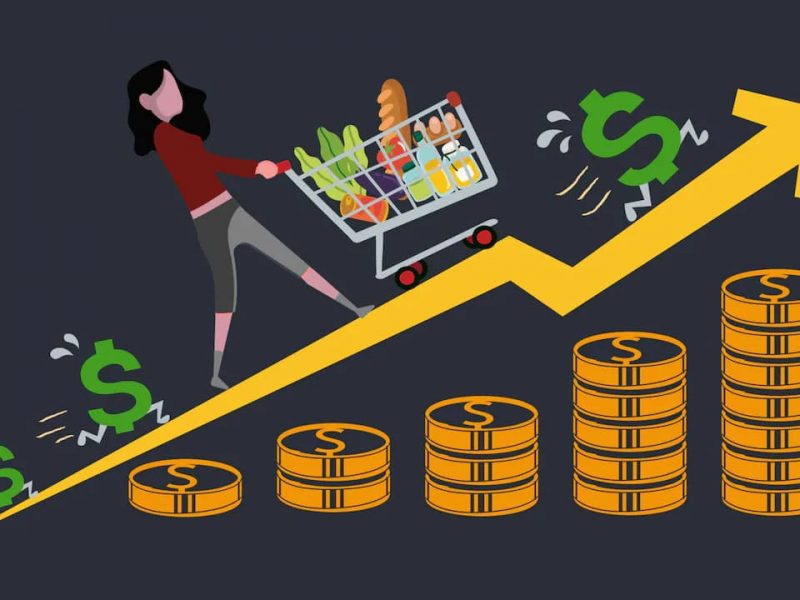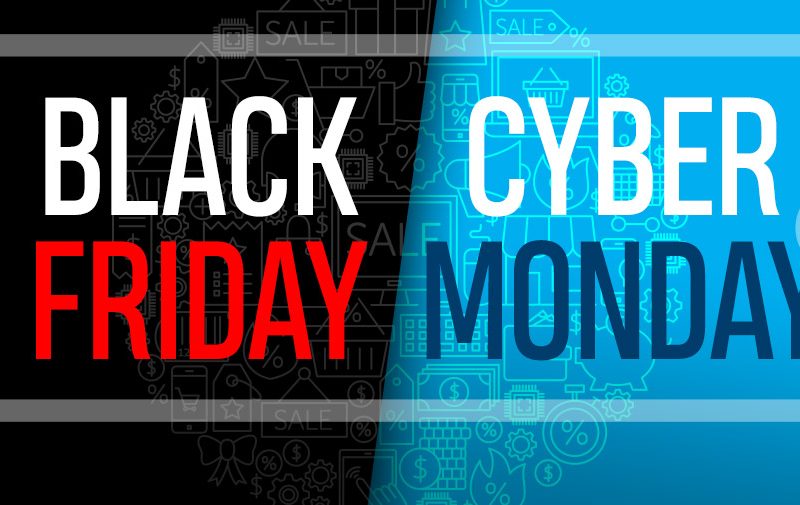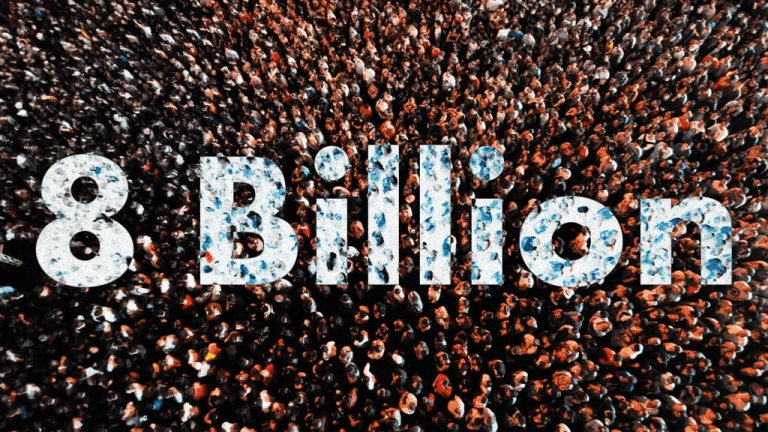What lies behind the American holiday shopping season‘s high online sales volume in 2022?
Under the gloom of high inflation and recession, the U.S. holiday shopping season consumption figures unexpectedly beat expectations. U.S. consumers’ online spending in this year’s Black Friday (November 25) reached a record $9.12 billion, according to Adobe Analytics, the Adobe’s data and analytics division, up from $8.92 billion in 2021, with an increase of 2.3% year-on-year. This year’s consumption figure not only hits a record but is also better than the market expectations.

On Thanksgiving Day, the day before Black Friday, consumers spent $5.29 billion online which reached new highs, up 2.9% year-over-year. Typically, consumers spend an average of about $2 billion to $3 billion online each day.
For the Cyber Monday on November 28, Adobe expects consumer spending to be as high as $11.2 billion, up 5.1% year-over-year, making it the biggest online shopping day of the season.
On the whole, the consumption data for the holiday shopping season this year have been positive. But behind the superficial prosperity, the real situation is not so optimistic but has been in crisis.
Be alert to danger signals behind the boom
Discounts were a key factor behind the stronger-than-expected holiday spending. Adobe said that the main reason for the record consumer reached in spending online is that they have gotten significant discounts on a variety of items such as smartphones and toys.
Specifically, electronics were the major contributor to online sales, with online sales of electronics surging 221% on Black Friday from the October average in the US. Toys also gained in popularity, up 285%, and sports equipment was up 218%.

In addition to the effect of discounts, the relatively strong labor market currently provides consumers with the backbone and strength to spend. From a macro perspective, the short-term enthusiasm for consumption came from the thriving labor data. Although the unemployment rate edged higher than expected in last month’s non-farm data, the initial dip in labor market data does not prove that the labor market has entered a cooling-off period. On the contrary, the expected number of job openings to be released on Wednesday remains as high as 10.325 million, an all-time high that will put upward pressure on wages. In the short term, the current consumption figures are still benefiting from higher wages.
On the other hand, despite the apparent euphoria of the shopping season, the reality is not optimistic and the 2.3% growth rate is actually far less than the rate of U.S. inflation, which means that the actual sales are likely to be declining during the season.
According to the U.S. Department of Labor, the Consumer Price Index rose 7.7% year-over-year in October, significantly slowing from June’s 9.1% but still hovering at a near 40-year high. Meanwhile, the wage growth in the U.S. has not kept pace with inflation, with hourly earnings excluding inflation down 2.8% year-over-year, suggesting that Americans’ purchasing power is on the wane. This is echoed by data from S&P Global Market Intelligence, which expects overall U.S. retailer sales to increase 4.5% year-over-year during this year’s holiday shopping season, but likely to fall 1.2% in real terms after adjusting for inflation.
The decline in U.S. actual consumer spending indicates that rising prices and interest rates are putting more pressure on households and that the up risk of a U.S. recession continues. The current decline in U.S. actual consumer spending is being driven by two factors. On the one hand, persistently high inflation in the US since 2022 as well as the rising prices for goods and services have eroded consumers’ purchasing power. On the other hand, with the Federal Reserve aggressively raising interest rates and deepening recession expectations in the United States, companies have begun to make large-scale layoffs. Against this backdrop, Americans have had to cut back on consumption in response to potential risks. Private consumers’ expenditure contributes up to 65%-70% of the U.S. GDP. The decline in real consumer spending reflects the weak demand in the U.S. economy, which implies that a recession may be on the way.
Such a powerful consumption figure may be the last flicker before a recession
Given the near-certainty of stagflation, the current strong consumption figures look more like a pre-recession throwback.
A California resident recently said that while wages have risen a bit, prices for all kinds of goods have risen even more. His own income has not been affected very much, but it has been harder for people on low incomes as the cost of gas and food has increased, leaving them to spend less on everything else. Households would have to pay $433 more in a month to buy the same goods and services they did a year ago, according to data released by Moodys Analytics.
In addition, a slew of data has actually pointed to weakness in consumer confidence in the face of high inflation and recession. On November 11, the University of Michigan released the preliminary value of the November consumer confidence index of 54.7, lower than the expected value of 59.5 and the previous value of 59.9. Therefore, all the figures show that a better than expected holiday consumption data does not alleviate the macro and micro economic impact on consumption, and it will continue to be affected by the recession and the cooling labor market. The consumer confidence index more or less reflects and predicts the future economic situation.

People laugh and people cry
While demand is falling and consumption is weakening, the Federal Reserve is actually happy with it. The Fed is trying to curb demand and keep a close eye on consumer spending by raising interest rates sharply. Soaring inflation has forced consumers to spend their money where counts the most, leaving stores with a glut of products and forcing retailers to cut prices to sell off inventory at the expense of profits, which is exactly what the Fed wants.
Federal Reserve Vice Chairman Brainard said the increase in inventories could exacerbate competitive pressures and lower retailer margins, while lower retail margins could also help alleviate inflationary pressures on some consumer goods. In a similar vein, Federal Reserve Bank of San Francisco President Daley said consumers are compromising to change the way spending is allocated. In the face of higher inflation, consumers have to make trade-offs, such as putting back unnecessary things they would have liked to buy and buying only essential items, which proves that they are also preparing for a slowdown.
While the Federal Reserve is happy to see demand subdued, retailers certainly won’t be happy. Consumers will shop around, which could ultimately put pressure on retailers’ margins.
The S&P 500 Retail Index has fallen about 30% so far in 2022 amid soaring inflation and rising recession fears. Given that consumers are ready to continue tightening their belts to get by, U.S. retail stocks are unlikely to break out of a year-long slump.
From the micro perspective, according to the U.S. third-quarter earnings report, although the non-essential consumer sector still recorded earnings growth of 13.1% because of wage growth, it was still below expectations in the bottom third of all sectors. The positive impact of wages on consumption is already reflected in expectations, and future recessions and cooling labor markets may exert downward pressure on the consumer sector.
Under the gloom of high inflation and recession, investors need to remain vigilant if they invest in retail stocks. The investment outlook for retail stocks is closely related to the economic outlook, inflation, wage levels as well as monetary policy. The probability of recession remains high in the future, with inflation levels topping out but still sticky. The outlook for the industry cannot be changed simply because of the better-than-expected holiday retail data. The short-term data have been influenced by the labor market, which may turn around in the future.


